It was in 2011 that two aircraft landed at the Ronald Reagan Washington National Airport (DCA) after the lone air traffic controller working at the airport had fallen asleep. This closest airport to Washington D.C. and the busiest in the Washington Metropolitan area has a rich history full of such events that not a lot of people might be aware of. The operations to and from this airport are special too. Here are 5 nuggets of information about DCA that you might not know.
1. The lesser-known “perimeter rule” of DCA
Like the limitations of flights up to certain miles at LaGuardia Airport, flights less than 1250 miles are only permitted in and out of DCA.
In 1996, Congress implemented a “perimeter rule” at the Ronald Reagan Washington National Airport. This rule was aimed at keeping long-haul passenger traffic away from DCA. The original decree of 1966 allowed flights of less than 650 miles (1050 km) to operate in and out of this airport. In the 1980s, this maximum distance was increased to 1000 miles (1600 km). After revision of the law, flights up to 1250 miles (2010 km) were permitted in and out of the airport.

Photo: grandbrothers | Shutterstock
However, the FAA has also granted a few exemptions to this rule. These include:
- United Airlines operations to San Francisco (SFO)
- JetBlue’s service to San Juan (SJU)
- Alaska Airlines’ operations to San Francisco Airport (SFO), Los Angeles Airport (LAX), Portland Airport (PDX), and Seattle Airport (SEA).
- American Airlines’ services to Phoenix (PHX) and Las Vegas (LAS)
- Delta’s services to Los Angeles (LAX) and Salt Lake City (SLC)
2. The approach pattern to DCA leads to a unique piloting experience
Approaching the airport through Potomac River gives you views of the National Hall, the Pentagon etc.
Washington, D.C., with its string of symbolic buildings, has a lot of restricted areas. Some of the buildings having restricted airspace include:
- The memorials on the National Mall
- The White House
- U.S. Naval Observatory (residence of the Vice President)
This means that the approach to DCA follows a pattern around the Potomac River. In addition to assisting pilots takeoff or landing, the number of lights placed on the bridges along this river also offer spectacular views for passengers. Passengers can also spot locations such as the Pentagon, Georgetown University, and CIA headquarters in Langley, among others.
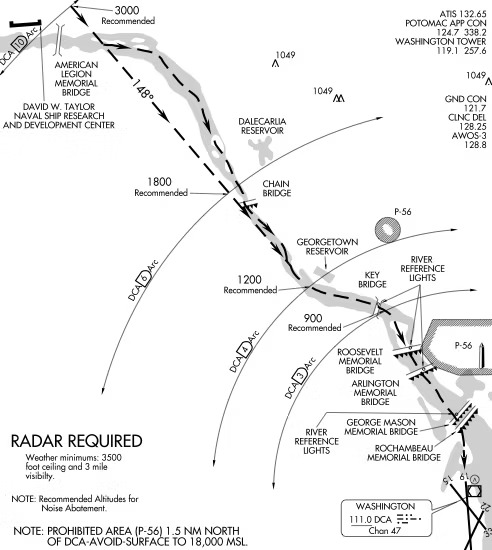
Photo: Federal Aviation Administration.
Jack Herstam, an airline pilot in the United States, reported for Simple Flying that the piloting experience at DCA is unique:
“ The approach has suggested altitudes and distances charted to help pilots hand-fly a stabilized approach to runway 19. The orientation of the Potomac River leaves pilots about 30 degrees off the centerline of runway 19. Pilots make a final turn around 200 feet above the ground after crossing the George Mason Bridge to line up with the runway. This is unique to airline flying; almost everywhere else, no turns are made below 1,000 feet. The River Visual is a unique challenge but one that every pilot enjoys.”
3. DCA was home to a colonial-era plantation
The place were DCA lies housed the oldest remaining structure in Arlington.
The property where DCA currently stands was once home to Abingdon Plantation. Some reports claim the plantation is “believed to be older than any other known structure remaining in Arlington, Alexandria or the district.” Over the years, the property was sold several times – most notably to John Parke Custis, the stepson of George Washington. During the Civil War, Abingdon was occupied by Union troops. After a fire had destroyed the home structure, it had fallen into the dregs of anonymity. The site was excavated only after a “vigorous preservation campaign” in the 1980s and early 1990s.
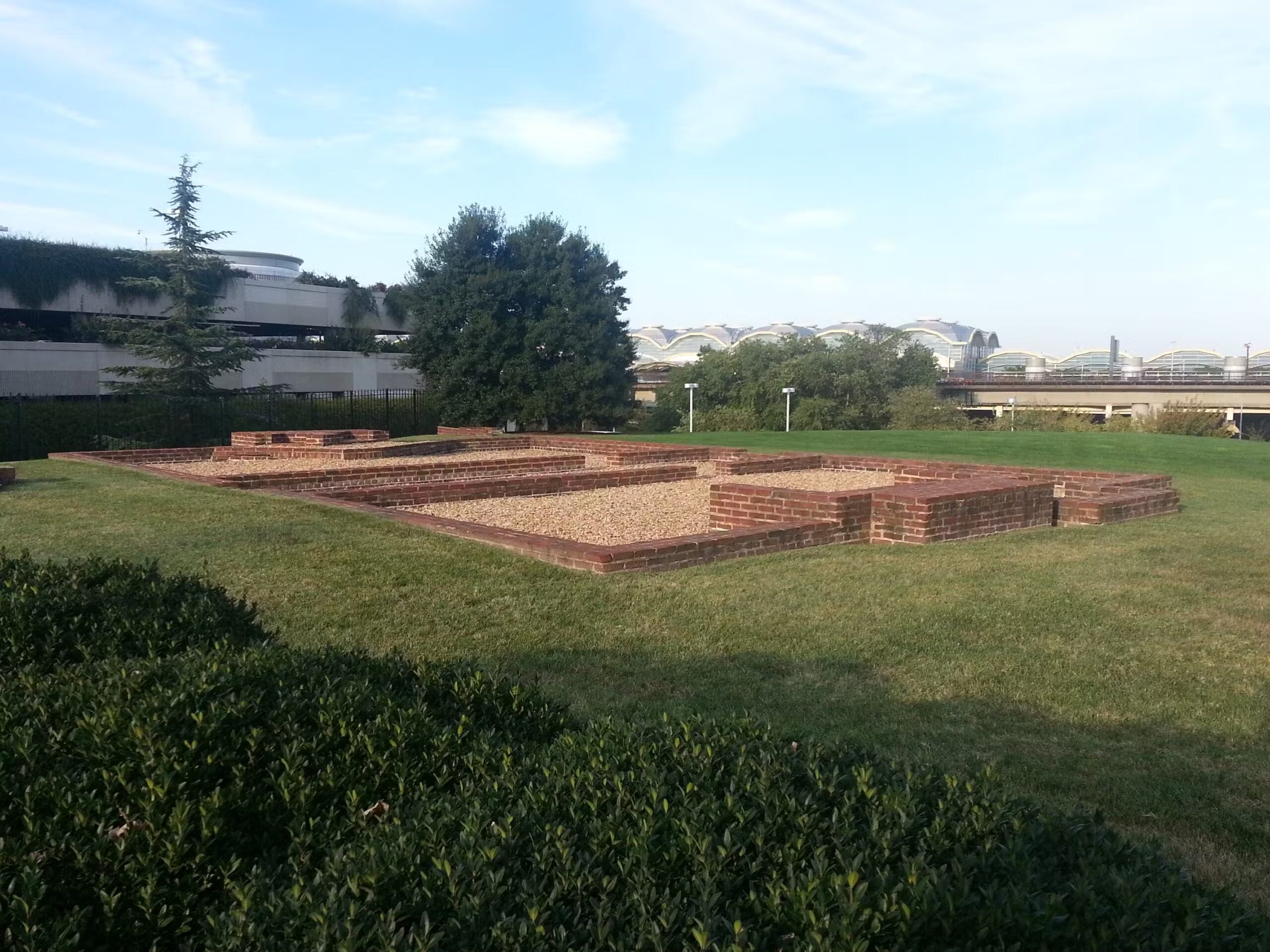
Photo: rolfmueller | Wikipedia
Here are a few time stamps showcasing the history of DCA:
- June 1990: An airport advisory committee recommended that there be a “’museum quality’ exhibit at the airport,”
- 1998: The opening of the exhibit in Terminal A was completed by Metropolitan Washington Airports Authority (MWAA). The exhibit still showcases the history of Abingdon and DCA.
4. Fears of the closure of the airport after 9/11
The airport was the last airport to open after the terror attacks.
It was during September last year that the flight attendant unions of the US paid tribute to the victims of 9/11. In an open letter, Sara Nelson, AFA-CWA National President, even said:
“ During the pandemic, we applied the lessons of September 11th to fight hard for our careers in the midst of a new crisis that could have again crippled our industry. Our efforts to care for each other, maintain our role as aviation’s first responders, and protect our jobs is all part of keeping the promise to Never Forget. ”
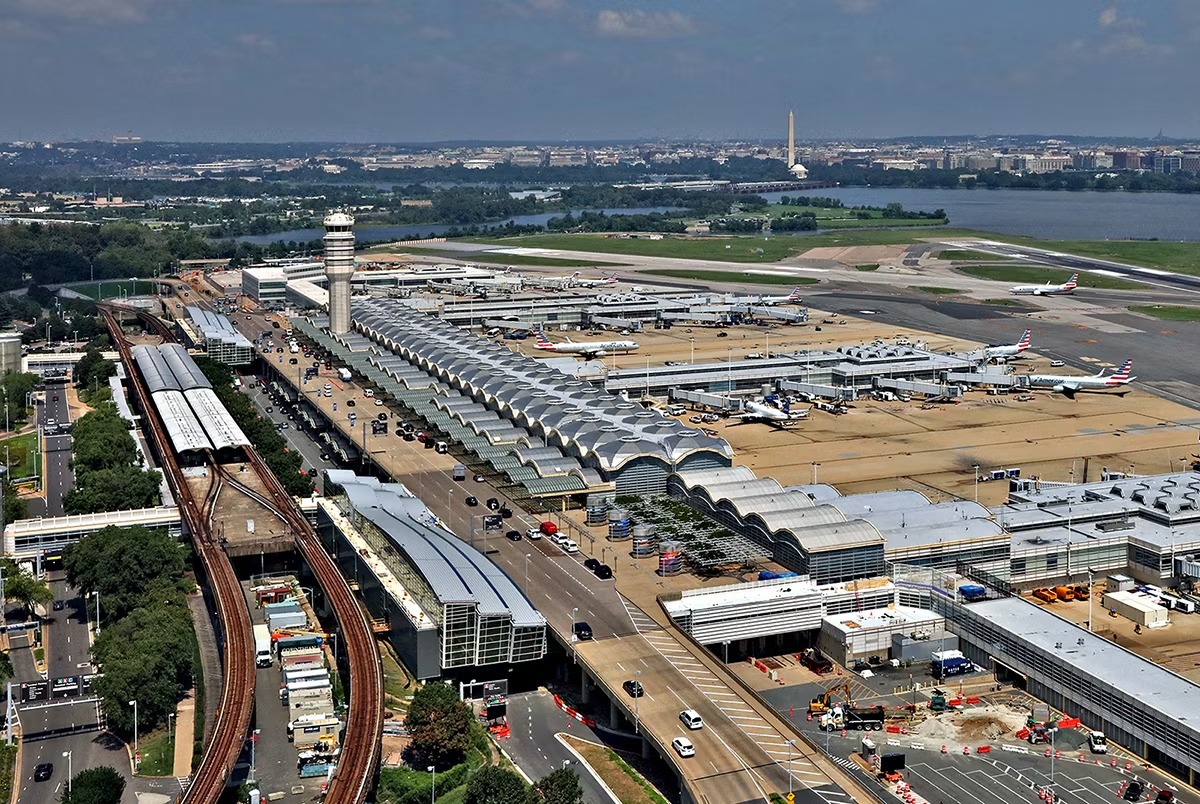
The attacks of September 11th were debilitating for the aviation industry, and led to an overhaul of the security procedures. As DCA is close to so many important national institutions, many people wondered if the Ronald Reagan Washington National Airport would even reopen to commercial traffic after 9/11. Only on October 4th — three weeks after the national tragedy – did operations start in DCA.
Some of the changes that took place in the rules and regulations of the DCA after 9/11 include:
- A prohibition on the “River Visual” approach.
- A prohibition on aircraft with more than 156 seats.
- Passengers to be seated 30 minutes prior to landing or following takeoff.
The first two bans were lifted in 2002, while the latter was lifted in 2005.
5. The schedule of Honor Flights is published by a volunteer-run organization
Honor Flights are special free flights with transit to DCA for veterans.
Thousands of veterans make their way through DCA each year, thanks largely to the free flights organized by Honor Flight Network for the veterans, who also have free tours of war memorials by this group. The volunteer-run DCA Honor Flight is responsible for publishing the schedules for all Honor Flights. The public can also request gate access passes via a portal run by this organization. The gate access passes, which must be requested 36 hours in advance, allow people to greet the arriving veterans.
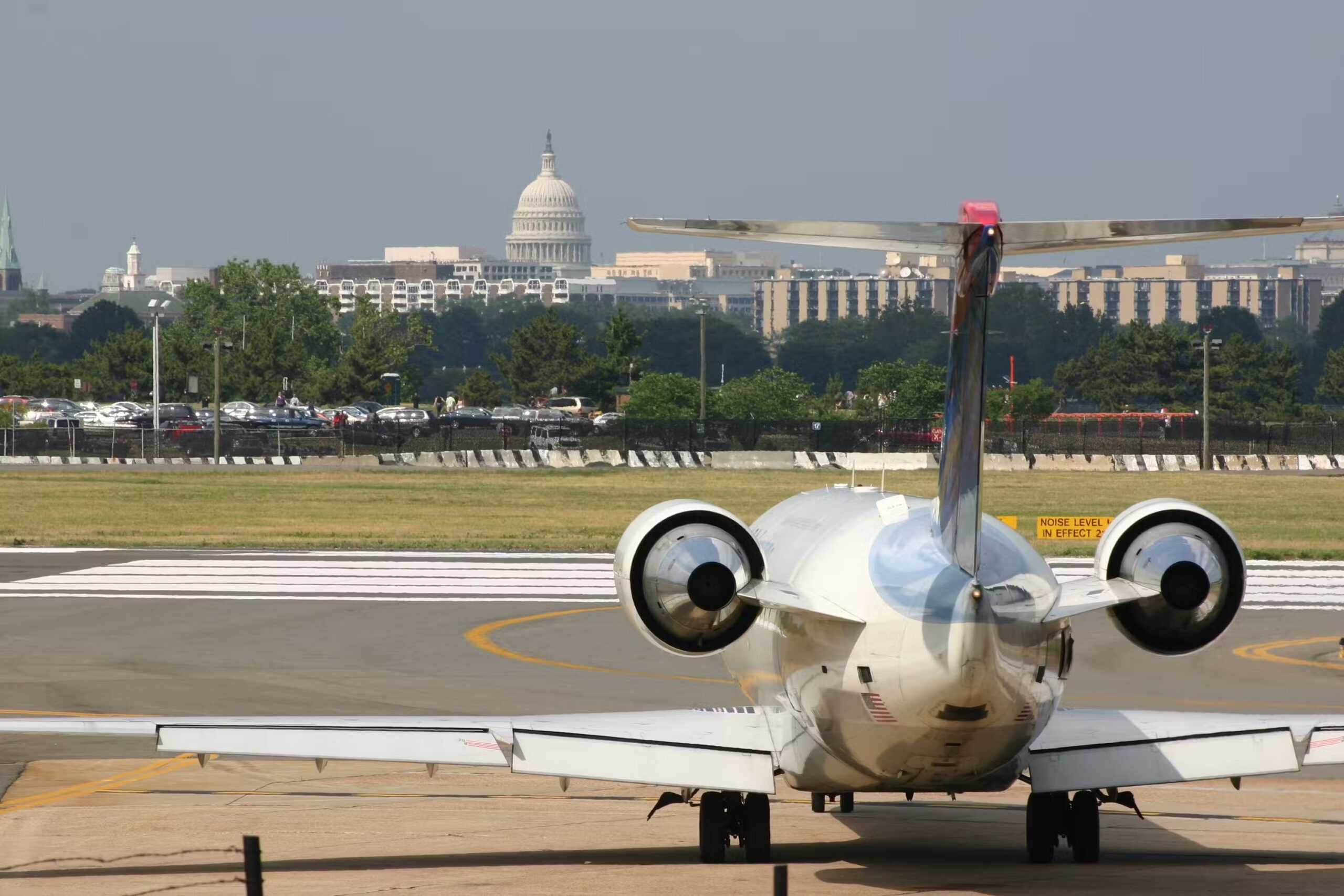
Photo: Douglas Litchfield | Shutterstock
Some of the lesser-known pieces of interesting history about this airport with Honor Flights include:
- Members of Congress park at DCA for free.
- In the first year that DCA operated, more than two million passengers visited the airport – with only around 350,000 being passengers.
- President Bill Clinton signed the legislation which authorized the change of the name of the airport from Washington National Airport to Ronald Reagan Washington National Airport on the occasion of the 87th birthday of Ronald Regan.
Source: Simple Flying
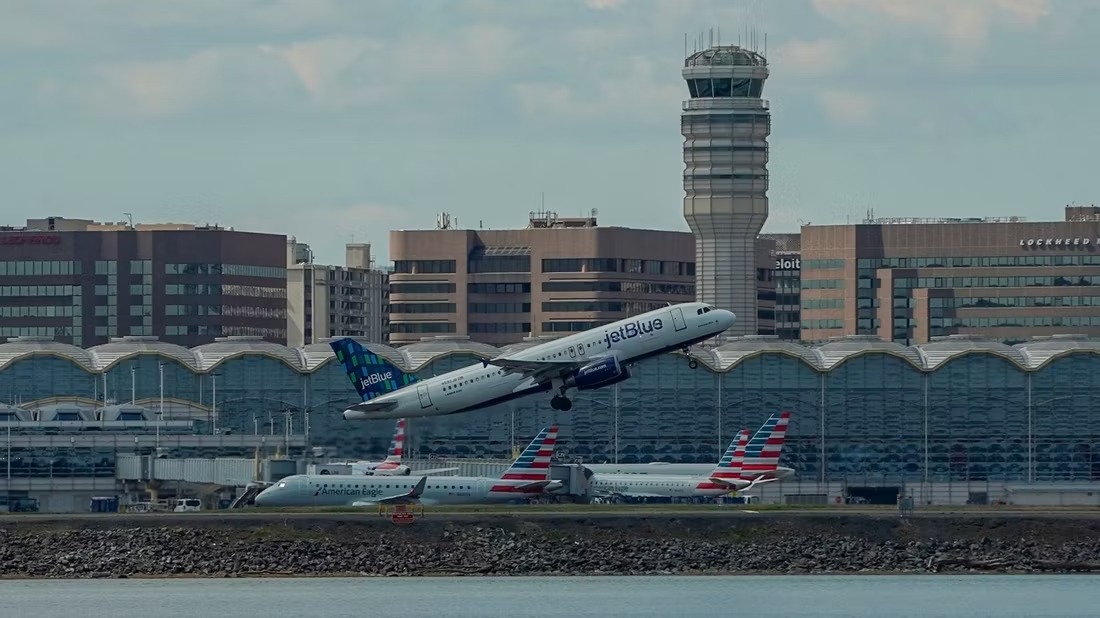
Warning: Illegal string offset 'cookies' in /home/u623323914/domains/eng.bayviet.com.vn/public_html/wp-includes/comment-template.php on line 2564